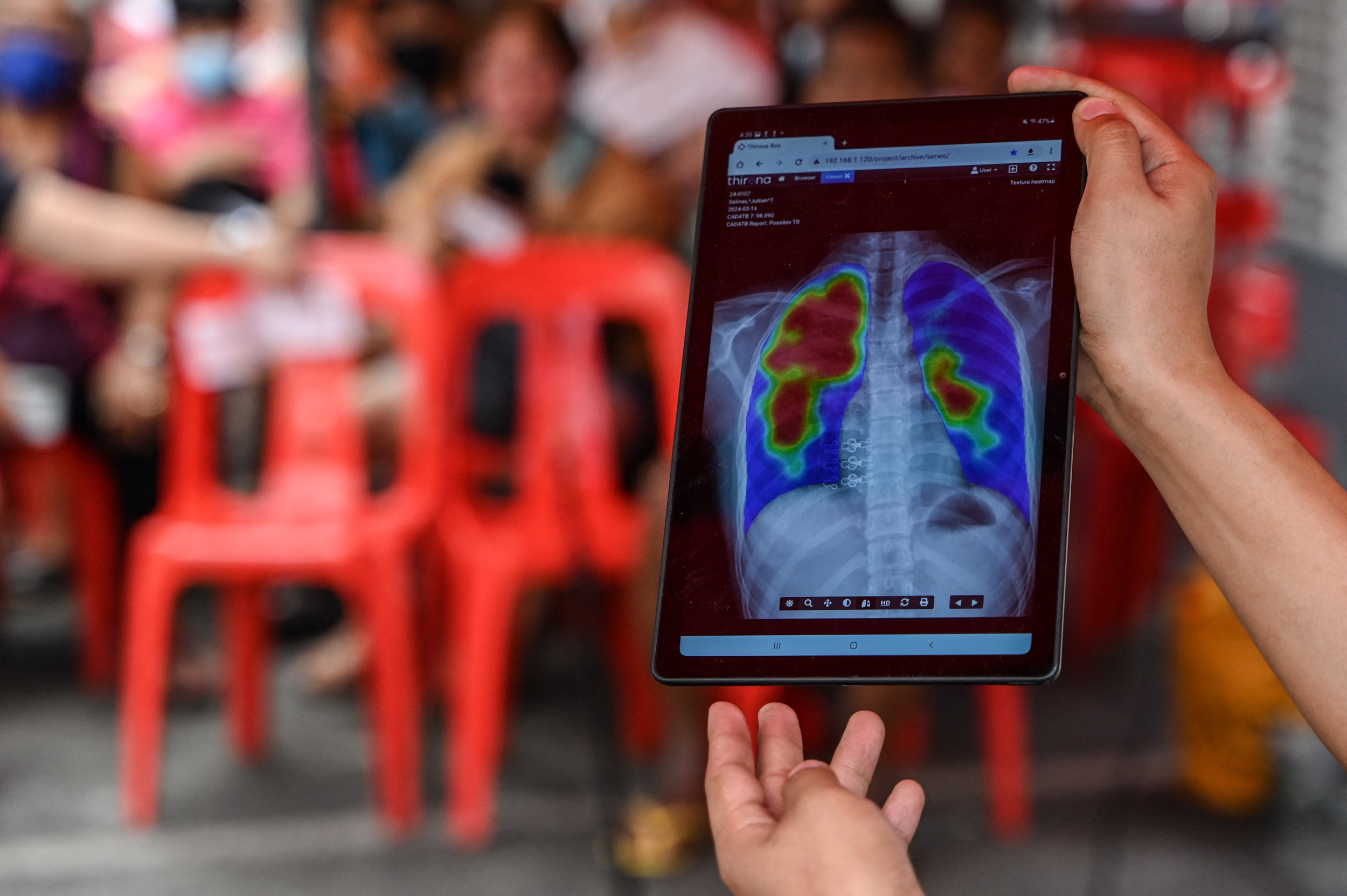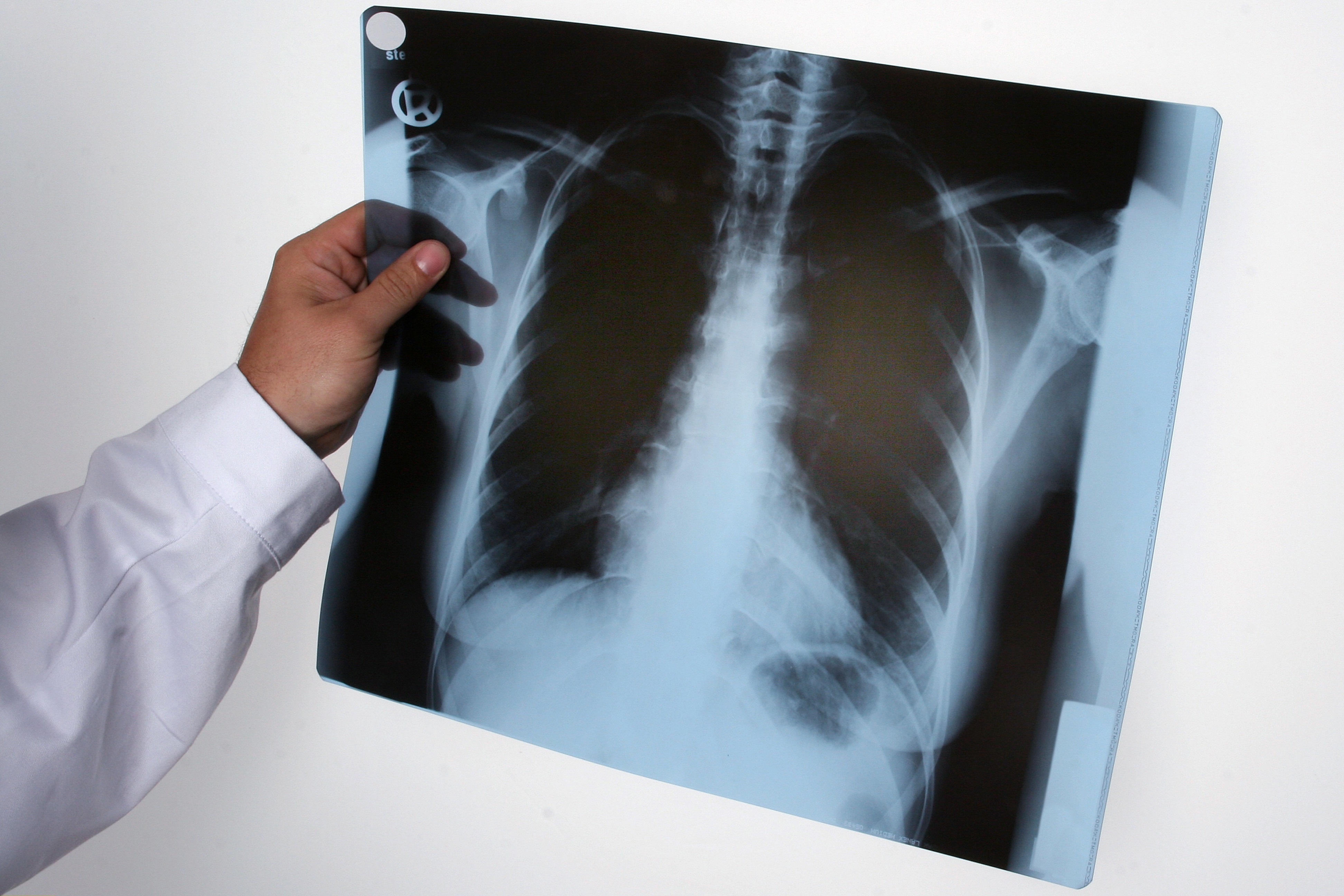Kansas Tuberculosis Outbreak: The Unseen Crisis Unfolding Right Under Our Noses
You’ve probably heard whispers about the Kansas tuberculosis outbreak, but have you really dug deep into what it means for the people involved? It’s not just some distant health scare—it’s a real, pressing issue that’s impacting lives in ways you might not fully grasp. Think of it like this: tuberculosis (TB) is like that quiet roommate who seems harmless at first but then starts throwing wild parties without your permission. And before you know it, it’s taken over your whole apartment.
Tuberculosis isn’t exactly a new player in the global health arena. But when an outbreak hits a place like Kansas, where people often think they’re far removed from such ancient diseases, it becomes a wake-up call. This isn’t just about TB; it’s about how prepared—or unprepared—we are when these situations arise. The Kansas tuberculosis outbreak is a perfect storm of factors: lack of awareness, limited resources, and sometimes even denial.
So, buckle up because we’re diving headfirst into the nitty-gritty details of this outbreak. We’ll talk about what’s causing it, who’s affected, and most importantly, how we can stop it from spiraling out of control. Because if there’s one thing we’ve learned from history, it’s that ignoring a problem doesn’t make it go away. It just gets louder until you can’t ignore it anymore.
- Kathy Bates The Remarkable Journey Of A Hollywood Icon
- Katia Washington The Rising Star Shining Bright In The Entertainment World
What Is Tuberculosis, Anyway?
Before we get too deep into the Kansas tuberculosis outbreak, let’s take a step back and break down what TB actually is. Tuberculosis is a bacterial infection caused by Mycobacterium tuberculosis. It mainly attacks the lungs, but it can also affect other parts of the body like the brain, kidneys, and spine. Think of it as a sneaky burglar that picks the weakest lock in your house and starts wreaking havoc.
Here’s the kicker: TB is highly contagious. It spreads through the air when someone with active TB coughs, sneezes, or even talks. So, if you’re sharing a space with someone who has it, your odds of catching it just went up. But here’s the good news: not everyone who gets exposed to TB develops the active disease. Some people carry it in a dormant form, meaning it’s kind of like having a ticking time bomb in your body, but it hasn’t gone off yet.
Symptoms to Watch Out For
Recognizing TB early is crucial for stopping its spread. Some common symptoms include:
- Brittany Murphy Died Unveiling The Truth Behind The Tragic Loss
- Steve Sarkisian The Journey Of A Football Mastermind
- A persistent cough lasting three weeks or more
- Coughing up blood or phlegm
- Unexplained weight loss
- Fatigue
- Night sweats
- Fever
- Chills
These symptoms might sound like your average flu, but trust me, they’re anything but. If you or someone you know is experiencing these signs, don’t wait around. Get checked out ASAP. Early detection and treatment can save lives.
Why Kansas Is Ground Zero
Now, let’s zoom in on why Kansas has become the epicenter of this tuberculosis outbreak. There are several factors at play here, and none of them paint a pretty picture. For starters, Kansas has a relatively low population density compared to other states, which might lead some people to believe they’re less at risk. But that’s not necessarily true. In fact, it can make things worse because healthcare resources are often spread thin across vast rural areas.
Another issue is the socioeconomic landscape. Many communities in Kansas struggle with poverty, limited access to healthcare, and overcrowded living conditions—all of which are perfect breeding grounds for TB. It’s like rolling out the red carpet for the disease and saying, “Come on in, make yourself at home.”
Who’s Most at Risk?
Certain groups are more vulnerable to tuberculosis than others. These include:
- People with weakened immune systems, such as those with HIV/AIDS
- Individuals living in crowded environments, like prisons or homeless shelters
- Healthcare workers who are frequently exposed to TB patients
- Immigrants from countries with high TB rates
- Children and the elderly, who may have weaker immune systems
It’s important to note that TB doesn’t discriminate. While certain populations are more susceptible, anyone can contract it. That’s why education and awareness are key to prevention.
The Numbers Don’t Lie
Let’s talk stats for a minute. According to the Centers for Disease Control and Prevention (CDC), the number of TB cases in Kansas has been on the rise in recent years. In 2022 alone, there were [insert latest statistic here] reported cases, marking a significant increase from previous years. And that’s just the confirmed cases. Experts believe there could be many more undiagnosed or unreported cases lurking in the shadows.
But here’s the thing: numbers can be overwhelming, and they don’t always tell the full story. Behind each statistic is a real person whose life has been turned upside down by this disease. Imagine being that person—wondering if every cough could be your last. It’s a scary reality that many Kansans are facing right now.
Global vs. Local Impact
While the Kansas tuberculosis outbreak is certainly alarming, it’s part of a larger global issue. TB remains one of the top 10 causes of death worldwide, claiming [insert global statistic here] lives each year. What happens in Kansas doesn’t stay in Kansas. This outbreak serves as a reminder that we’re all connected in the fight against infectious diseases.
How Did We Get Here?
So, how exactly did we end up with a tuberculosis outbreak in the heartland of America? The answer isn’t simple, but it boils down to a combination of factors. First, there’s the issue of complacency. After decades of declining TB rates, many people assumed the problem was solved. But as we’ve seen time and time again, diseases don’t just disappear because we wish them away.
Then there’s the matter of funding. Public health programs that focus on TB prevention and control have faced budget cuts over the years. This means fewer resources for screening, treatment, and education—all of which are essential for stopping outbreaks in their tracks. It’s like trying to put out a fire with a squirt gun instead of a fire hose.
Lessons from the Past
History has a funny way of repeating itself if we don’t pay attention. The last major TB outbreak in the U.S. occurred in the late 1980s and early 1990s. It took a massive effort—and a lot of money—to bring the disease under control. Fast forward to today, and it seems we’ve forgotten some of those hard-earned lessons. If there’s one thing we should take away from the Kansas outbreak, it’s that vigilance is key.
Fighting Back Against TB
Okay, so we’ve established that the Kansas tuberculosis outbreak is a big deal. But what are we doing about it? Fortunately, there are steps being taken to combat this crisis. Public health officials in Kansas are working tirelessly to identify and treat infected individuals, as well as implement measures to prevent further spread.
One of the most effective tools in the fight against TB is contact tracing. This involves identifying and monitoring people who may have been exposed to the disease. It’s like playing detective, but instead of solving crimes, you’re solving medical mysteries. Contact tracing helps break the chain of transmission and prevents new cases from cropping up.
Available Treatments
Thankfully, TB is treatable with antibiotics. The standard course of treatment involves taking a combination of drugs for six to nine months. It’s not a quick fix, but it works when patients adhere to the regimen. The challenge lies in ensuring that everyone who needs treatment can access it. That’s where healthcare disparities come into play once again.
What Can You Do?
As individuals, we all have a role to play in stopping the spread of tuberculosis. Here are a few things you can do:
- Get tested if you think you’ve been exposed
- Practice good hygiene, like covering your mouth when you cough
- Stay informed about TB and its symptoms
- Advocate for increased funding for public health initiatives
- Support organizations working to combat TB
Every little bit helps. Whether it’s spreading awareness or donating to a cause, your actions can make a difference in the fight against the Kansas tuberculosis outbreak.
The Road Ahead
So, where do we go from here? The Kansas tuberculosis outbreak is a wake-up call that we can’t afford to ignore. It highlights the importance of investing in public health infrastructure, educating the public, and addressing the root causes of disease outbreaks. This isn’t just about fixing the problem in Kansas—it’s about building a stronger, healthier society for everyone.
Remember, TB isn’t just someone else’s problem. It’s all of our problem. And the only way we’ll overcome it is by working together. So, let’s roll up our sleeves, get informed, and take action. Because at the end of the day, it’s not just about saving lives—it’s about creating a world where diseases like TB are a thing of the past.
Call to Action
Now it’s your turn to step up. Share this article with your friends and family. Leave a comment below with your thoughts on the Kansas tuberculosis outbreak. And most importantly, stay vigilant. The more we know, the better equipped we are to fight back against this invisible enemy. Together, we can turn the tide and ensure that outbreaks like this become a distant memory.
Table of Contents



Detail Author:
- Name : Nettie Daniel
- Username : piper09
- Email : ukoch@pagac.net
- Birthdate : 2006-06-13
- Address : 5294 Gutkowski Crossroad Lake Maiyaview, LA 50065-5471
- Phone : +13613893114
- Company : Lesch-Koepp
- Job : Air Crew Officer
- Bio : Impedit magnam sequi eveniet debitis. Dolor iusto ipsam optio saepe eos repudiandae sed rerum. Soluta explicabo consectetur quo eaque.
Socials
tiktok:
- url : https://tiktok.com/@jennings_welch
- username : jennings_welch
- bio : Sed velit saepe corrupti est laborum id accusamus.
- followers : 5182
- following : 2387
linkedin:
- url : https://linkedin.com/in/jennings.welch
- username : jennings.welch
- bio : Perferendis dignissimos commodi molestiae.
- followers : 3697
- following : 347